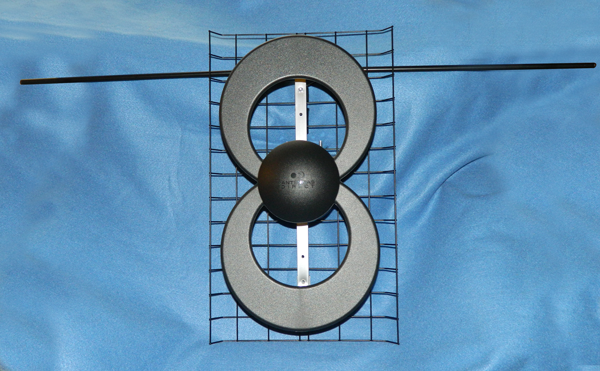I love new antennas. I was especially excited when my friends at Antennas Direct sent me one of their Clearstream 2V antennas to evaluate. The Clearstream 2 has been a good seller for us, and it’s one of our “go-to” choices for people who need an outdoor antenna with great range in a small package. Its sexy look and small size make it easy to recommend, and its performance is always satisfying.
Unfortunately, the Clearstream 2 is UHF only, and that’s been a problem for people in markets with VHF channels. The digital transition left a lot of people confused, thinking they didn’t need VHF anymore. That isn’t the case, and that’s why antennas like our HD-BLADE now cover the VHF-High part of the spectrum.
As great as I think the HD-BLADE is, there are cases where it just isn’t the right choice. When you need an outdoor antenna to feed multiple TVs, or when you’re a long distance from the towers, you need something a little bigger. That’s why I’ll be trying out the Clearstream 2V.
Unboxing
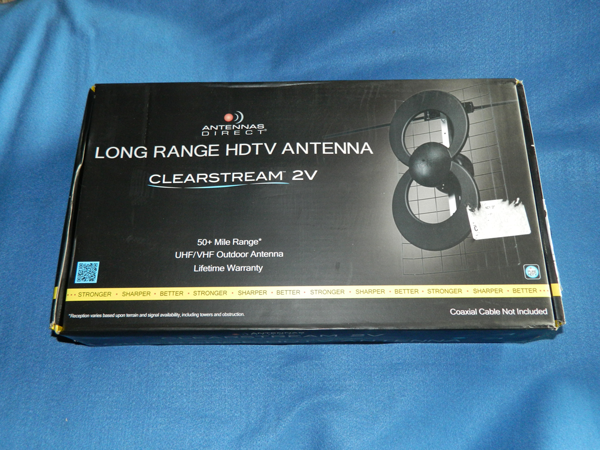
The Clearstream 2V comes in a very nice retail package. It even has a handle on one side of the box. Personally I know that companies save a lot of money by making their boxes plain but I always smile when I get a nice retail-quality package. This one is not only good advertising, it’s informative too. The back gives some real data about its performance:
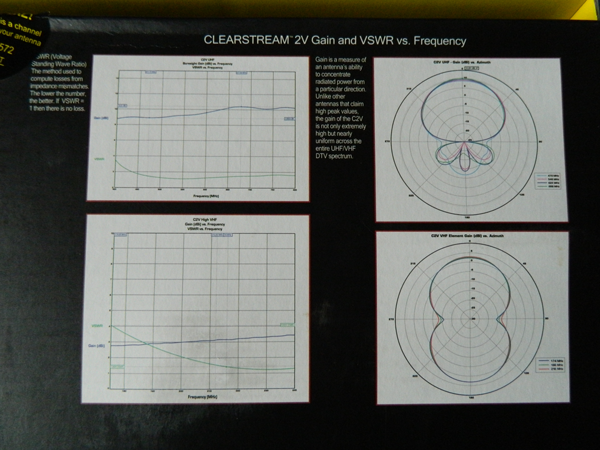
Of course, you at home can’t read that, so I’ve posted a full set of technical documents here, courtesy of course of Antennas Direct.

My evaluation unit was packed differently from the package you’d expect to receive, so out of fairness I didn’t take a picture of the box contents until I’d unpacked everything. There’s an assembly guide, the antenna itself (the double loop) and the reflector/VHF assembly, plus a bolt and a weatherproof shroud for the cable end. The bolt is used to attach the antenna to the reflector, and it’s easily secured with a Phillips screwdriver.
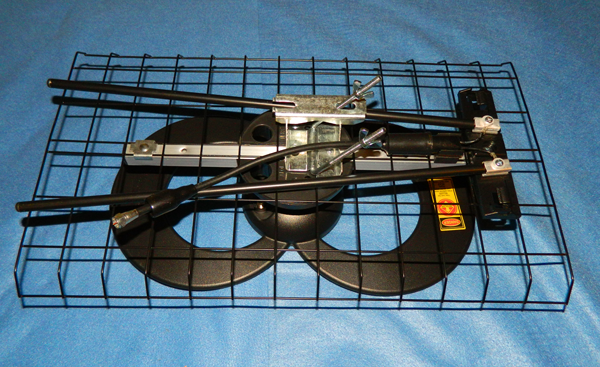
The only confusing part is the connection of the VHF antenna. The VHF antenna is a dipole that attaches to the back of the reflector and connects to a combiner that sits behind the UHF antenna. There are two F connectors but one is clearly labeled VHF — it’s the left one.
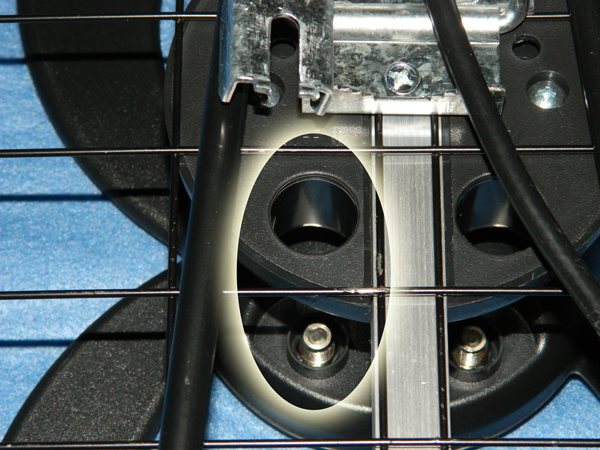
There is a loose piece of coax cable coming from the VHF dipole. Push it through the hole and connect it to the F-connector that’s there. Tighten it down with a 7/16 wrench, don’t just rely on your fingers unless you have really small hands, because it’s hard to get in there. Finally, rotate the dipole elements (the long metal sticks) until they click into place.

When everything is connected, slide the weatherproof shroud over the connection. A second weatherproof shroud is supplied, and you can use your own RG59 or RG6 cable to connect the antenna to your home theater system.
The Clearstream 2V also comes with a clamp that will help you secure it to any mast you may have. Remember to properly ground the antenna, even if it’s not the highest point in the house.
In the next part of this review, I’ll put the Clearstream 2V through its paces inside and see how it performs. I don’t think many people would use this as an indoor antenna but I’m curious to see what it does.

